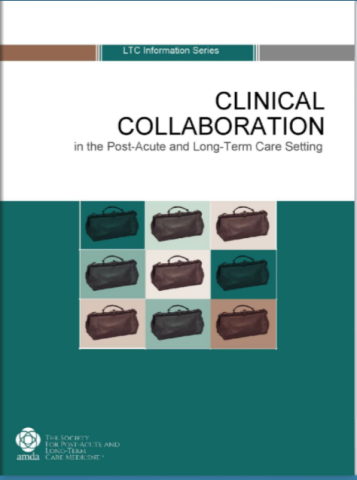Teamed with physicians, advanced practice nurses (APRNs) and physician assistants (PAs) may enhance the nursing and medical care available to post-acute and long-term care facility patients. Driven by documented positive outcomes and favorable legislation, the presence of the APRNs and PAs continues to grow. AMDA foresees the role of PAs, nurse practitioners (NPs) and clinical nurse specialists (CNSs) in post-acute and long-term care (PALTC) will continue to grow. To assist you with this changing environment, AMDA has prepared this educational manual.
This manual provides clarification of the different practitioner roles as well as reviewing how to bill for services in the PALTC.
The use of APRNs and PAs is increasingly common in many practice settings, including PALTC. Market developments, such as the higher acuity of patients and the increased oversight required by managed care companies, have encouraged widespread use of APRNs and PAs. This manual provides information and highlights the advantages of the different providers working together to improve the quality of care and, hence, the quality of life of patients in the PALTC setting.
Prices

The Electronic Copy is in FlipHTML5 format and is viewable from your PC, tablet, and smartphone through your AMDA account. The Electronic Copy is not downloadable or printable.

The Electronic Copy is in FlipHTML5 format and is viewable from your PC, tablet, and smartphone through your AMDA account. The Electronic Copy is not downloadable or printable.